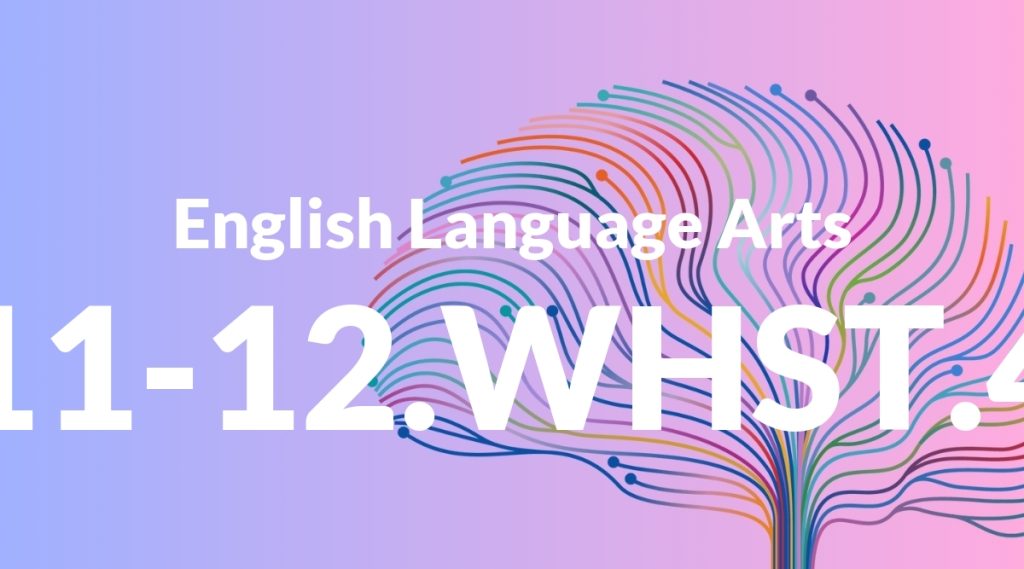Standard: 11-12.WHST.4 – Produce clear and coherent writing in which the development, organization, and style are appropriate to task, purpose, and audience.
Grade level: Grade 11-12
Subject: English Language Arts
Domain: Writing: History, Science & Technical Subjects
Teacher Overview
This standard emphasizes the importance of producing clear and coherent writing tailored to the task, purpose, and audience. It is crucial for students to learn how to adapt their writing style and structure to different contexts, which will aid them in both academic and professional settings. Students should already know the basics of grammar, sentence structure, and paragraph organization, and have some experience with drafting and revising written work. They should also understand different writing purposes and audiences.
Mastering this standard will enable students to handle more complex writing tasks, such as persuasive arguments, in-depth research papers, and professional documents. They will also be more adept at adapting their writing to various contexts.
Common Misconception 1
A common misconception is that writing style does not need to change based on the audience or purpose. This is incorrect because the effectiveness of communication heavily depends on how well the writing is tailored to its intended audience and purpose.
Intervention 1
To address this misconception, provide students with examples of writing in different contexts (e.g., informal vs. formal) and engage them in exercises where they practice adapting their writing style.
Common Misconception 2
Another misconception is that organization is less important than content. This is incorrect because a well-organized piece of writing helps convey information more clearly and effectively, making it easier for the reader to follow and understand.
Intervention 2
To remediate this, use graphic organizers and outlines to demonstrate the importance of structure, and have students practice organizing their ideas before they start writing.
Prerequisite Knowledge
Students should have a solid understanding of basic grammar, sentence structure, and paragraph organization. They should also be familiar with different writing purposes and audiences, and have experience with drafting and revising written work.
Subsequent Knowledge
After mastering this standard, students will be able to tackle more complex writing tasks, such as crafting persuasive arguments, conducting in-depth research, and producing professional documents. They will also be better equipped to adapt their writing style to various academic and professional contexts.
Instructional Activities
- Analyze different types of writing (e.g., emails, essays, reports) to identify how style and organization vary.
- Practice writing for different audiences and purposes, such as a formal letter vs. a personal narrative.
- Use graphic organizers to plan and structure writing assignments.
- Peer review sessions to provide feedback on clarity, coherence, and appropriateness of style.
- Revision workshops focusing on improving organization and style based on peer and teacher feedback.




